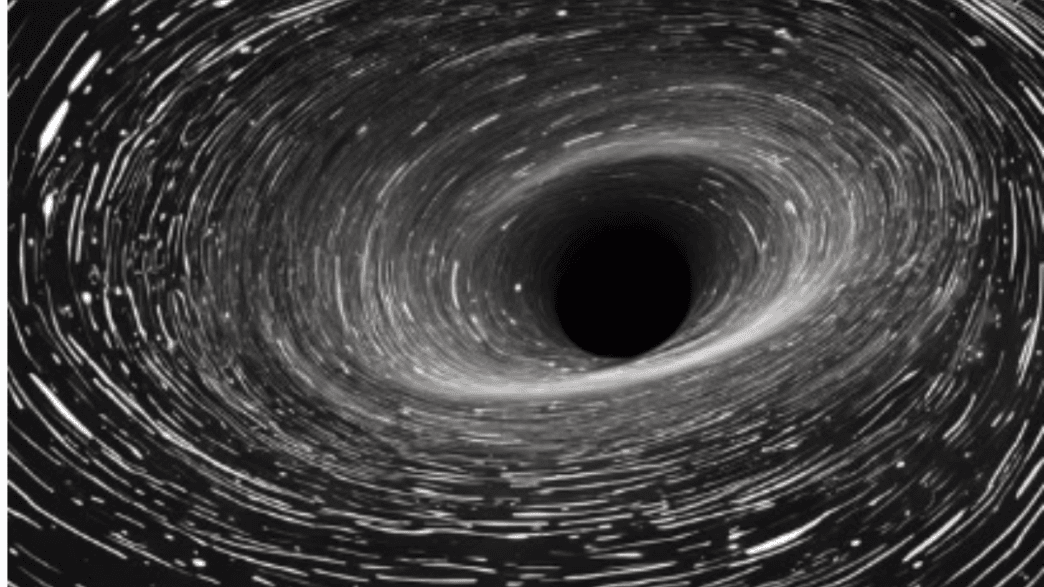Introduction to Dark Matter and Its Unsolved Mysteries
Dark matter is one of the biggest mysteries in modern physics. Although it makes up about 27% of the universe’s total mass and energy, it cannot be seen, touched, or directly detected. Scientists only know it exists because of its gravitational effects on galaxies and cosmic structures.
For decades, physicists and astronomers have tried to uncover what dark matter is made of. Recent discoveries, including observations from the James Webb Space Telescope (JWST), gravitational wave studies, and advanced particle physics experiments, are providing new insights. Could we be on the verge of solving this cosmic puzzle? Let’s explore the latest findings.
What Is Dark Matter?
Understanding the Basics of Dark Matter
Dark matter is an invisible substance that does not emit, absorb, or reflect light. It is different from ordinary matter, which makes up stars, planets, and everything we see. Scientists believe dark matter exists because:
- Galaxies spin faster than expected, suggesting an unseen mass is holding them together.
- Gravitational lensing, where light bends around invisible objects, reveals the presence of extra mass.
- The cosmic microwave background (CMB), the leftover radiation from the Big Bang, shows patterns that suggest an unseen form of matter.
How Do Scientists Detect Dark Matter?
Since dark matter does not interact with light, scientists rely on indirect methods to detect it.
Gravitational Lensing and Indirect Observation
When a massive object, like a galaxy or dark matter halo, bends and distorts the light of distant objects behind it, this effect is called gravitational lensing. By studying these distortions, scientists can map the distribution of dark matter.
Cosmic Microwave Background (CMB) Studies
The CMB, the oldest light in the universe, carries imprints of dark matter’s influence on the early cosmos. Precise measurements by telescopes like Planck and JWST help researchers refine dark matter models.
Particle Detector Experiments
Laboratories deep underground, like XENON1T and LUX-ZEPLIN, are searching for dark matter particles by looking for rare interactions between dark matter and normal atoms.
Recent Findings in Dark Matter Research
New Observations from JWST
The James Webb Space Telescope (JWST) has provided new clues about dark matter by examining the oldest galaxies in the universe. Some unexpected findings include:
- Anomalies in galaxy distribution that suggest dark matter might behave differently than previously thought.
- Evidence that dark matter may interact with itself, altering the way galaxies form.
The Role of Large-Scale Galaxy Surveys
Observations from projects like the Dark Energy Survey (DES) and the Euclid Space Telescope are helping scientists refine dark matter models by mapping its effects on cosmic structures.
Unexpected Data from Gravitational Wave Research
Gravitational wave experiments, such as LIGO and Virgo, have hinted that dark matter might have exotic properties or be linked to primordial black holes.
The Connection Between Dark Matter and Black Holes
Could Dark Matter Be Linked to Primordial Black Holes?
Some theories suggest that instead of being made of particles, dark matter might actually consist of ancient black holes formed soon after the Big Bang. JWST and gravitational wave studies are testing this idea.
How Black Holes Interact with Dark Matter Halos
Recent studies show that supermassive black holes might be affecting dark matter distribution in galaxies, influencing their evolution.
Alternative Theories Challenging Dark Matter
Modified Gravity Theories (MOND)
Some scientists argue that dark matter may not exist at all and that the effects we attribute to it are caused by a different form of gravity, called Modified Newtonian Dynamics (MOND).
Could Dark Matter Be an Illusion?
Another theory suggests that dark matter is actually a new kind of fundamental interaction rather than a substance.
The Future of Dark Matter Research
Upcoming Missions and Experiments
Several future missions will advance our understanding of dark matter, including:
- The Vera C. Rubin Observatory, which will map dark matter’s effects on galaxy formation.
- The LUX-ZEPLIN Experiment, which will continue the search for dark matter particles.
The Potential for a Major Breakthrough
With new observations and improved technology, the next decade may bring the biggest discovery in astrophysics—the direct identification of dark matter.
Conclusion
Dark matter remains one of the greatest unsolved mysteries in science. While recent discoveries have deepened our understanding, they have also raised new questions. Whether dark matter consists of particles, black holes, or something entirely different, future research will be key to solving this cosmic enigma.
FAQs
1. What is the leading theory about dark matter?
The most widely accepted theory is that dark matter is made of Weakly Interacting Massive Particles (WIMPs), but other candidates like axions are also being studied.
2. Can dark matter be detected directly?
Not yet. Scientists are searching for it using underground detectors, particle accelerators, and space telescopes.
3. How does dark matter affect galaxies?
Dark matter acts as an invisible glue, keeping galaxies from flying apart and shaping their structure.
4. What role does dark matter play in the expansion of the universe?
Dark matter affects the growth of cosmic structures, while dark energy drives the universe’s expansion.
5. Are there any alternative explanations for dark matter?
Some scientists propose modified gravity theories (MOND), which suggest that gravity itself behaves differently on large scales.











